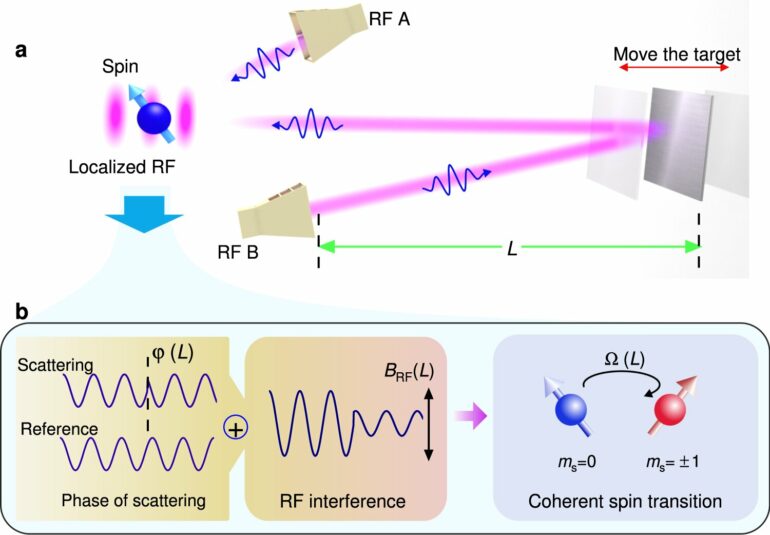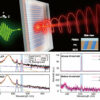When a photon interacts with a material, an interaction occurs that causes its atoms to change their quantum state (a description of the physical properties of nature at the atomic level). The resulting state is called, aptly, photoexcitation. These photoexcitations are conventionally assumed to kill one another when they come near each other, radically limiting their density and mobility. This in turn limits how efficient tools that rely on photoexcitation such as solar cells and light-emitting devices can be.
But in a study published June 19 in the journal Nature Chemistry, scientists at Northwestern University and Purdue University challenge this assumption with evidence that annihilation depends on the quantum phase relationships of photoexcitations. This means that at times photoexcitations do not annihilate each other when such quantum phases interfere destructively.
“Quantum interference is often believed to be fragile,” Northwestern’s Roel Tempelaar said.
“This is an exciting new direction for the use of quantum interference enabled by detailed chemical control of molecular crystals. Our team is advancing the field by experimentally demonstrating control of annihilation by quantum interference, the principle of which was previously predicted theoretically by one of the present study’s authors. This contrasts with the currently prevailing viewpoint that annihilation proceeds as a ‘classical’ (non-quantum) process.”
Tempelaar is an assistant professor of chemistry in the Weinberg College of Arts and Sciences. He is a member of the Center for Molecular Quantum Transduction at Northwestern.
The study, led by Tempelaar and Libai Huang at Purdue University, demonstrate that quantum interference sensitively governs a photoexcitation’s behavior. By adding different chemical side-groups to identical molecules, the team made perylene diimide molecules—an industrial dye—crystallize in unique ways with different motifs. The photoexcitations inside each crystal differed starkly in their quantum phase relationships, which in turn yielded orders-of-magnitude differences in their rate of annihilation.
The team performed quantum chemical calculations to predict the difference in annihilation rates among the molecular crystals and corroborated the estimates with spectroscopic measurements.
The researchers took special care to disentangle the spectroscopic contribution of excitation mobility—which allows photoexcitations to meet one another—from that of the annihilation process itself. This was achieved by time-resolved microscopy-spectroscopy, which allows mobility rates to be determined, and laser-intensity control, which allows the likelihood of annihilation to be varied.
The researchers hope their work can be used to create new devices like solar cells with photoexcitations that have high densities and mobilities. Such enhanced devices would need detailed control of photoexcitations’ quantum phases, achievable through crystals with uniquely designed packing motifs. Applications could range from optoelectronics to quantum information science.
“This research helps pave the way for more advanced molecular material design by harnessing quantum interference as a principal ingredient,” Tempelaar said.
More information:
Sarath Kumar et al, Exciton annihilation in molecular aggregates suppressed through qu antum interference, Nature Chemistry (2023). DOI: 10.1038/s41557-023-01233-x
Provided by
Northwestern University
Citation:
Quantum interference can protect and enhance photoexcitation (2023, June 21)



